


The Story of India’s Tricolour
In every thread of our tricolour, there is a story of sacrifice, unity, and unyielding spirit.
NDTV brings you an interactive journey through the evolution of India's national flag, the ‘tiranga’.
Discover how the Indian flag was born from the dreams of a nation yearning for freedom.
Soar with Pride
Experience the pride of hoisting the Indian flag. Click the button below to virtually raise the tricolour, and join us in celebrating Independence Day.
From Rebellion to Republic
The Indian Flag’s Journey
1906
The Calcutta Flag

Sachindra Prasad Bose
Designers

Hemchandra Kanungo
- In 1906, during the Swadeshi and Boycott struggle, the first unofficial flag of India was unfurled in Calcutta.
- It featured three horizontal stripes of green, yellow, and red. It symbolized unity and the desire for independence.
- The flag was hoisted on August 7, 1906, at Parsi Bagan Square (Green Park) in Calcutta.
- The green stripe had eight white lotuses, the yellow stripe had ‘Vande Mataram’ inscribed in Devanagari script, and the red stripe had a crescent and a star.
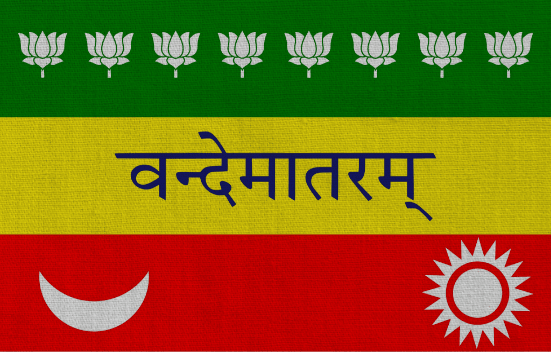
1907
The Berlin Committee Flag
Designer

Bhikaiji Cama
- Adopted by the Berlin Committee formed by Indian students and activists, this flag included the tricolour with the symbols of the sun and the moon, representing Hindu-Muslim unity.
- Bhikaiji Cama first unfurled the flag on August 22, 1907, at the International Socialist Conference in Stuttgart, Germany.
- It is often considered the first flag of Indian independence.
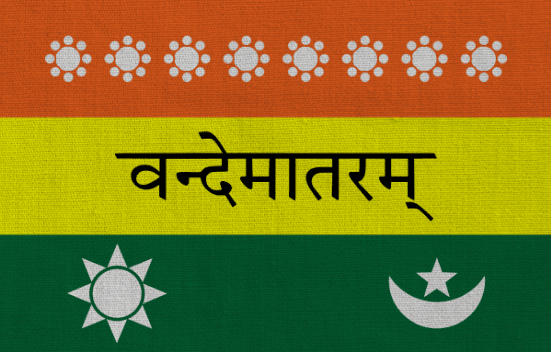
1917
The Home Rule Movement Flag

Annie
Besant
Designers

Bal Gangadhar
Tilak
- Introduced by the Home Rule Movement, this flag featured the Union Jack and seven stars, symbolizing the demand for self-governance.
- The seven stars were arranged in the shape of the Saptarishi (Ursa Major) constellation.
- The flag included a crescent and a star.
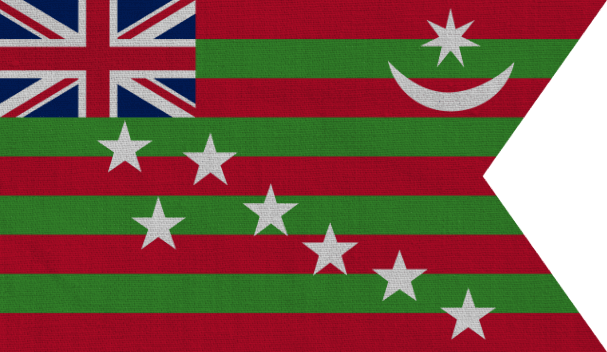
1921
The Bezwada Flag
Designer
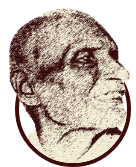
Pingali Venkayya
- This flag had two red and green horizontal stripes with a white strip at the top, symbolizing peace and unity.
- The flag was presented to Mahatma Gandhi during the Indian National Congress session in Bezwada (now Vijayawada).
- Mahatma Gandhi suggested adding a spinning wheel to the flag to symbolize self-reliance.

1931
The Swaraj Flag
Designer

Pingali Venkayya
- This flag featured a spinning wheel at the center, symbolizing self-reliance and the Swadeshi movement. It was adopted by the Indian National Congress as its official flag.
- The flag was adopted on August 31, 1931.
- The spinning wheel (charkha) was a symbol of Gandhi's vision for India's economic independence.
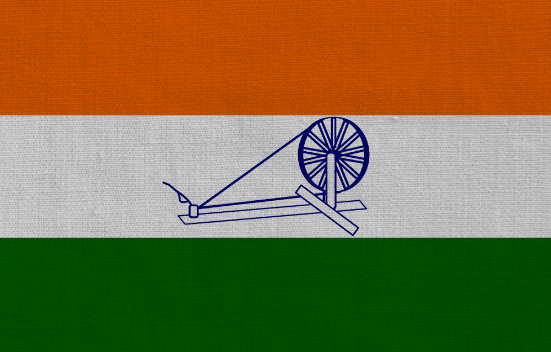
1947
The Indian Tiranga
Designer

Pingali Venkayya
- On July 22, 1947, the Constituent Assembly adopted the tricolour with saffron, white, and green stripes and the Ashoka Chakra in the center as the national flag of independent India.
- The Ashoka Chakra replaced the charkha to avoid any religious associations and to represent the eternal wheel of law.
- Prime Minister Jawaharlal Nehru first hoisted the flag at the Red Fort in Delhi on August 15, 1947.
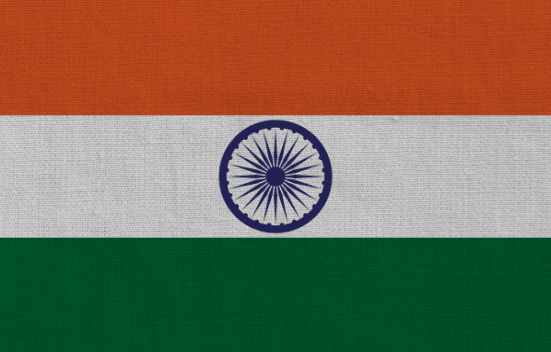
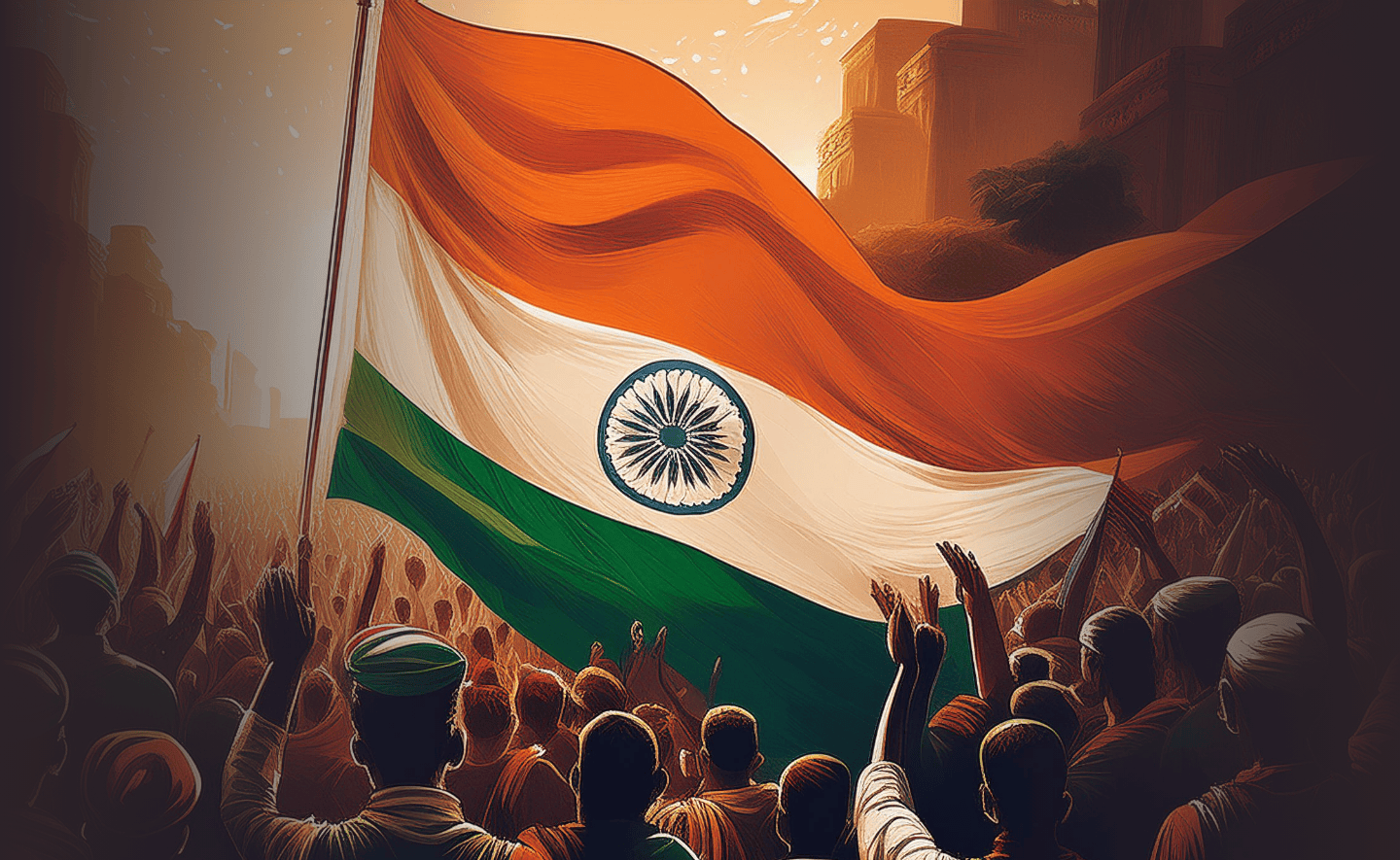
The Spirit of the Tricolour
Saffron
Represents courage and sacrifice.White
Symbolizes peace and truth.Green
Denotes faith and chivalry.Ashoka Chakra
The navy blue wheel with 24 spokes represents the eternal wheel of law (Dharma) and righteousness.
- The Indian flag was adopted on July 22, 1947, days before independence.
- The flag's design was inspired by the Swaraj flag used by the Indian National Congress.
- Earlier, flags were mandated to be made of hand-spun and hand-woven khadi cloth. On the 75th anniversary of independence, the Indian government amended the Flag Code of India to allow polyester and machine-made flags.
- The Indian flag's dimensions must always maintain a 3:2 ratio.
- The Ashoka Chakra on the flag is derived from the Lion Capital of Ashoka, a sculpture dating back to 250 BCE.
The Indian Flag Quiz
India’s Flag Code

- Display the flag with respect and dignity.
- Hoist the flag briskly and lower it slowly.
- Ensure the flag is always flown above all other flags.
- Use the flag on national and state holidays.

- Do not use the flag for commercial purposes.
- Do not let the flag touch the ground or water.
- Do not drape the flag over vehicles, except for dignitaries.
- Do not use the flag as a costume or uniform.
© Copyright NDTV Convergence Limited 2024. All rights reserved.